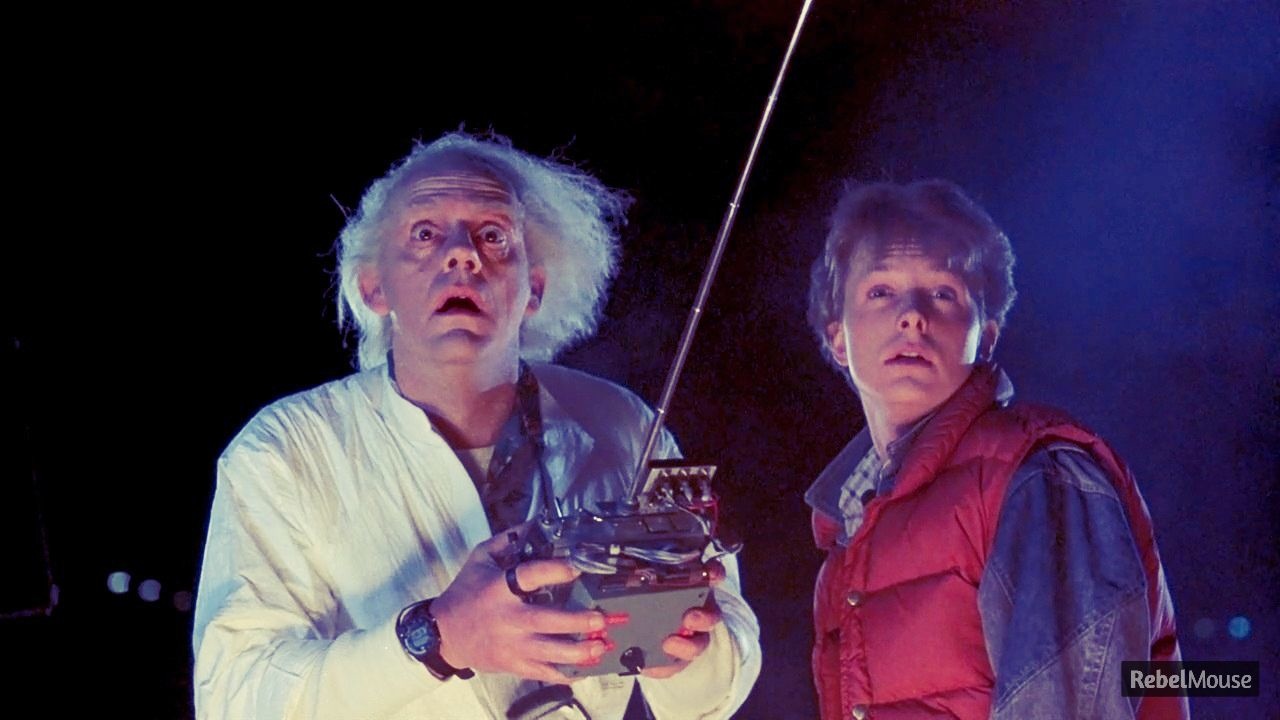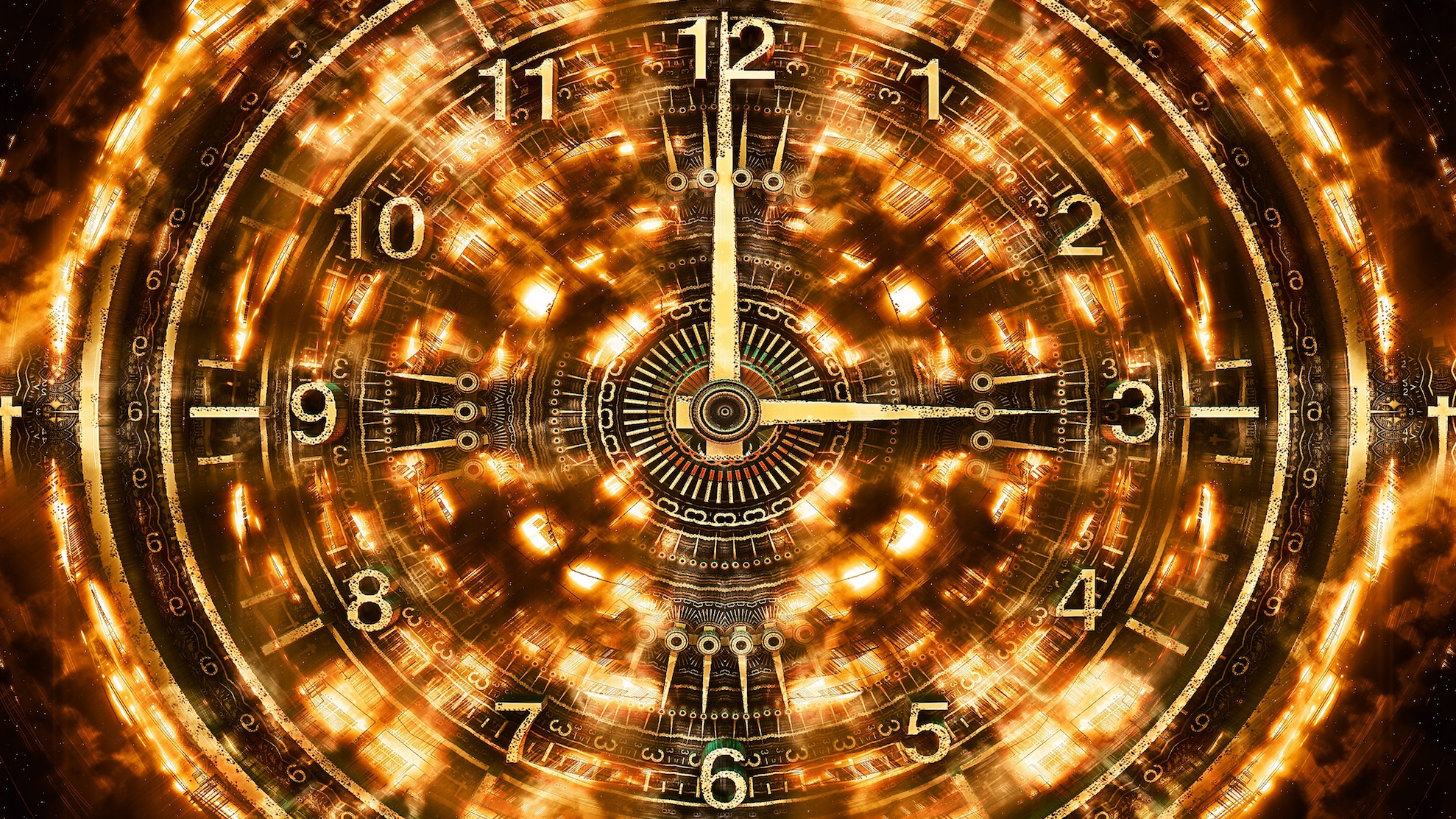time travel
Interactive globe shows where your hometown was at various stages of Earth’s deep geological past.
Our experience of time may be blinding us to its true nature, say scientists.
A new study challenges what we understand about the workings of time.
When it comes to time, and what the heck it actually is, there’s a clash of ideas between physics and neuroscience.
▸
5 min
—
with
Astrophysicist Neil deGrasse Tyson explains the nature of time and the conundrums of time travel in a recent interview.
Physicists’ ideas about the nature and existence of time may seem incongruent with our experience of it, but author James Gleick makes a case for why we need to keep an open mind.
▸
4 min
—
with
If someone comes back from the future, they ought to have packed one thing in their carry on: proof.
▸
4 min
—
with






